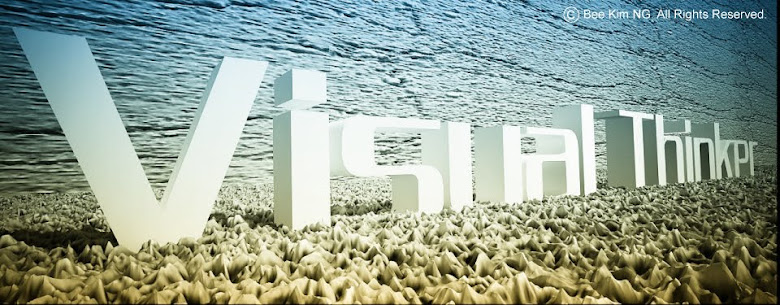For instance, what is the first impression when we think of “YellowMan”? Exactly! It is a trademark for Digi, a mobile service provider in Malaysia. Advertising’s messages are designed to produce feelings of lack and inadequacy that might be treated by the consumption of the image of a product. (Science Jrank) Digi has been promoting its’ products and services through different kind of medias. The advertisement no longer serves as a purpose of providing information nowadays. Instead the visual is so strong where they apply the image of “YellowMan” to implant the impression into the audiences’ mind.


The architecture world is constantly moving one step ahead to create something new, creative, inspiring, and impactful. New technology is used to produce impressive drawings are important nowadays. Therefore, designers are trying to produce impressive drawings just to give an impact in architecture world. The speed and sophistication of computer modeling have increased rapidly over the last decade. Computer software is a powerful method in creativity. Digital tool increases the register of an exploration of dimensional changes as well as perceptual and visual changes. It is the forming of ideas or concepts which is important in creativity, innovation and concept development. Designers nowadays explore ideas by using computer software which pushes their imagination limits beyond. A normal sketching skills is preferable for the intuitive design steps and it is claimed to be a limitation to develop into a various forms. The computer is designing in a way which is in theory predictable but in practice may be quite unexpected and thus apparently creative. With the advancement of the software, designers are so ‘excited’ to experiment the three dimensional form in the design process.
However, the purpose of producing a drawing has changed over time as it has the content of visualisation. The idea of visualization is the expression or representation of ideas that can bring something into consciousness. A drawing might be seen as an externalization of a concept idea. It has the potential to play a mediating role in the visualization of ideas and concepts in relation to exploring concepts. (Informa World) Visualisation in architecture is getting popular where in a competitive world as a design has to create a ‘wow’ effect to stand out among all. This is because verbal presentation is not strong enough for explanation if there is no supportive image as a picture can be more than a thousand words. The scenario is getting obvious especially in magazines, books, television programme, etc. We could see many of the ‘unbuilt’ masterworks of inspirational architecture for the Digital Age appear which in a way able to catch readers’ attention and discussion. Often when we look at one design, a design with good visual effect will be considered a good design. It has becoming a trend for us to choose what looks different as consumer behaviour is influenced by how they think, feel, reason, and select which looks the best.
The aim and objective in this dissertation writing is to examine how visual culture influences the next architecture world through designers, society and architecture approach. It is also to rise up the awareness of having this culture. Through this study, it will undertake 2 aspects of research which are the primary and secondary data resources. Primarily, the research would be done by collecting the information through survey to examine how society and designers react and behave in visual culture matter. Secondary sources would range from research from books, magazines and internet of ideologies on how architecture changes through the century base on visual culture.
“How powerful would visual culture influence the next architecture?”
- Edited from previous post 09/11/10 -

The introduction is well written and very stirring. You have managed to explain the issues regarding visualy culture adequately. However, you need to reinforce the issues on architecture and more specifically, the aims and objectives of your dissertation. You can expand on the question in the last line of your introduction.
ReplyDelete